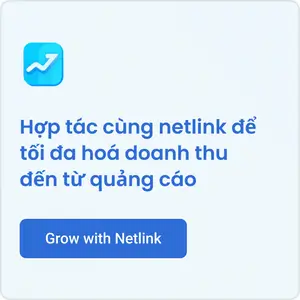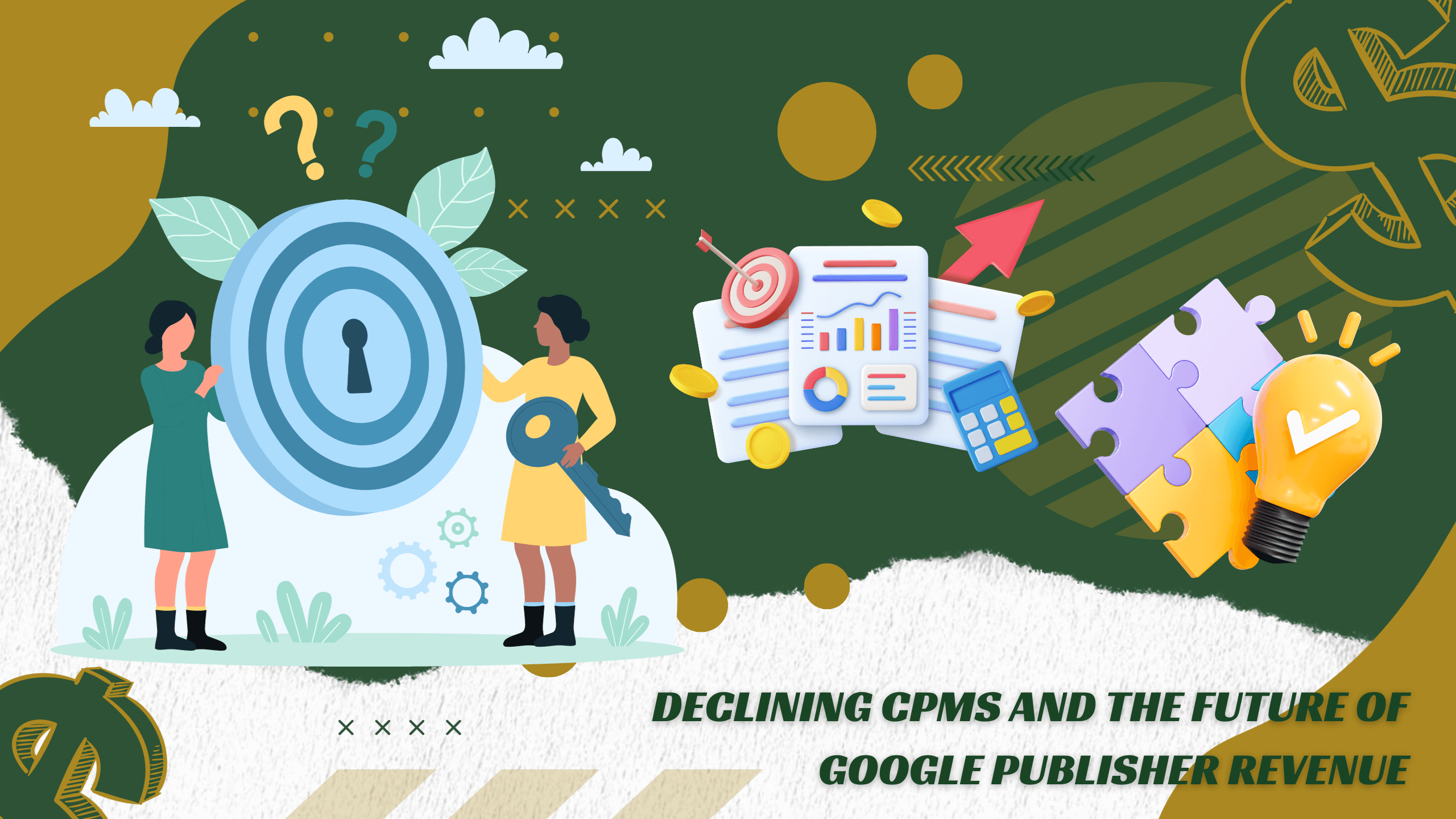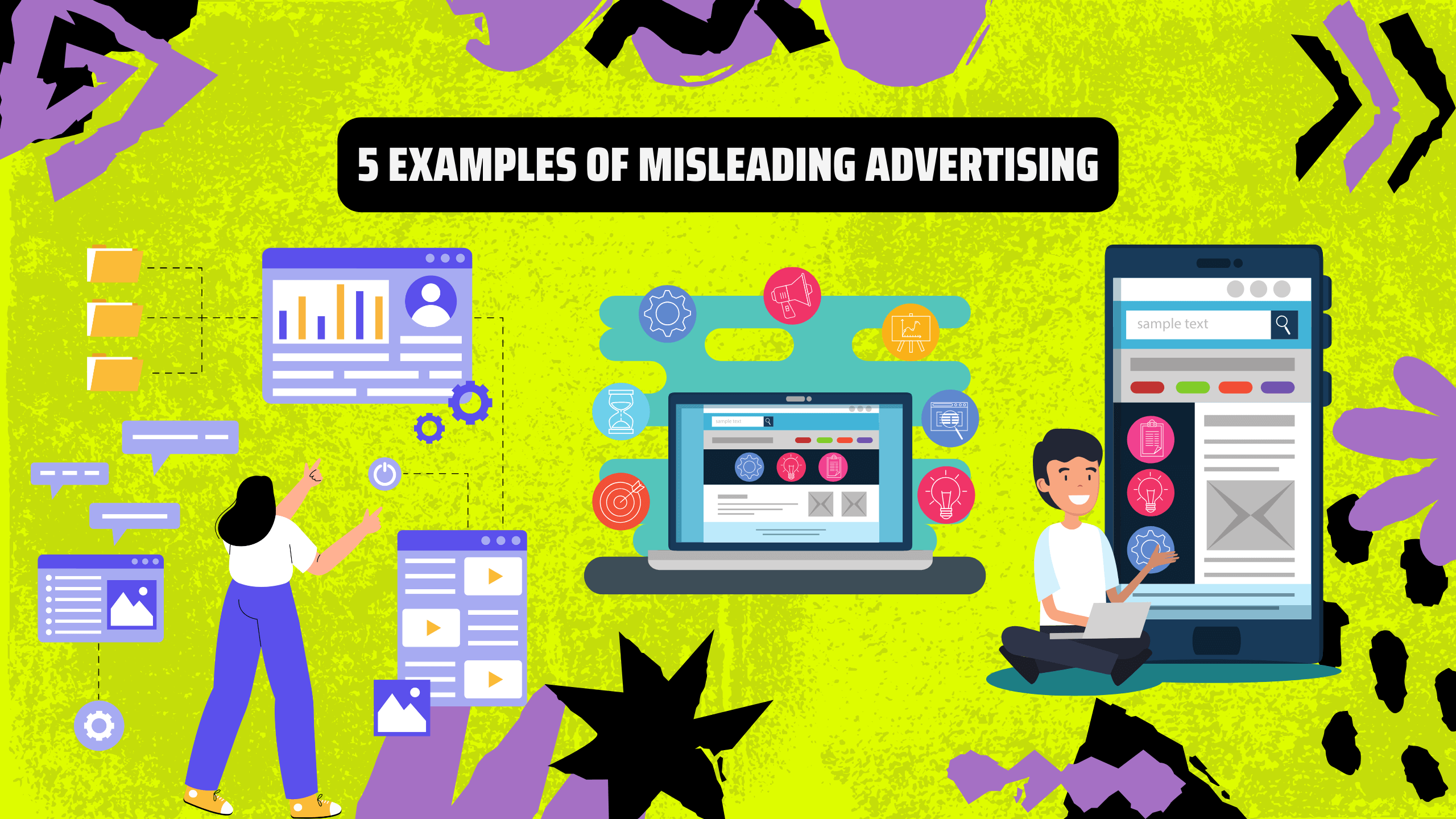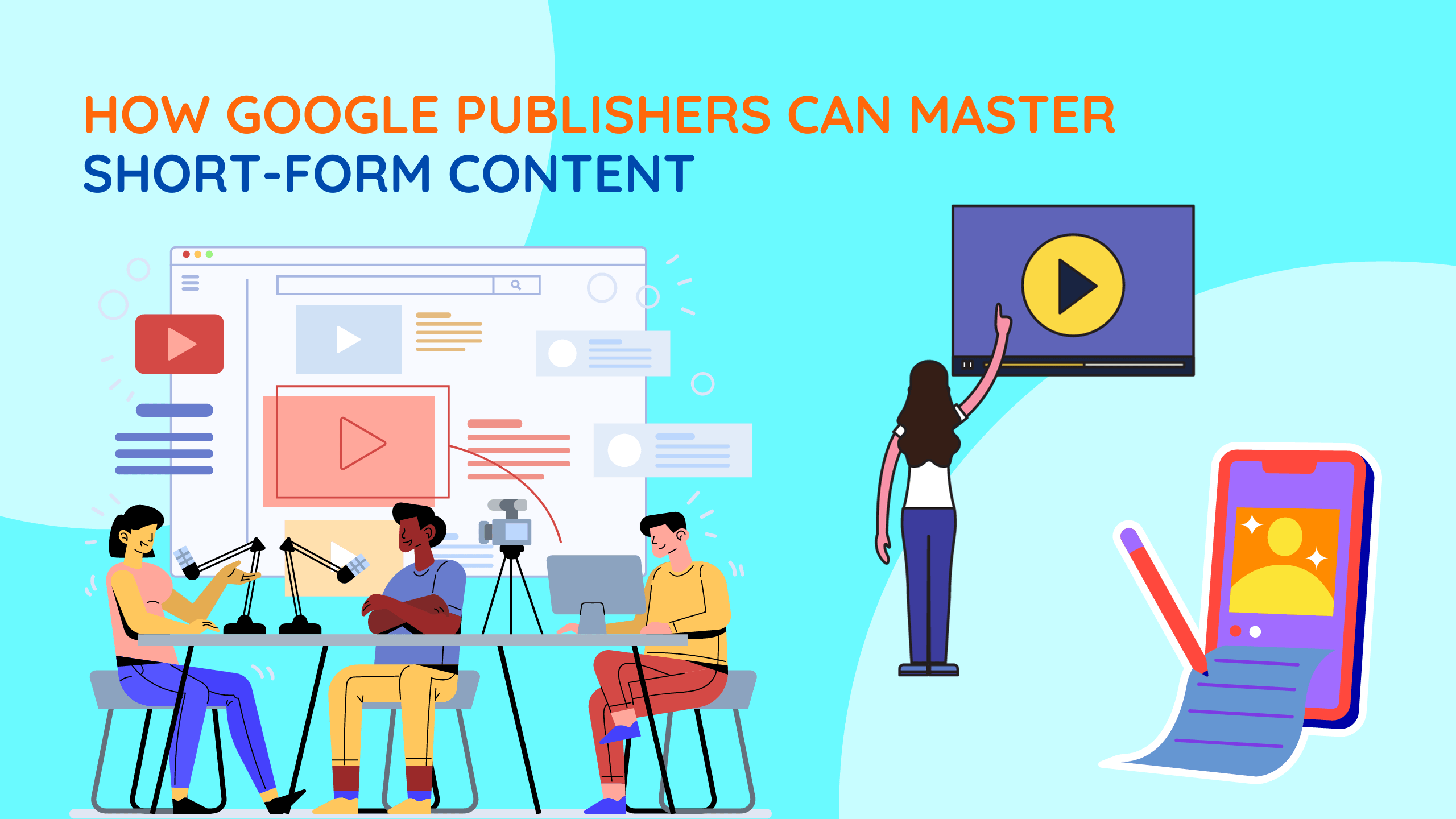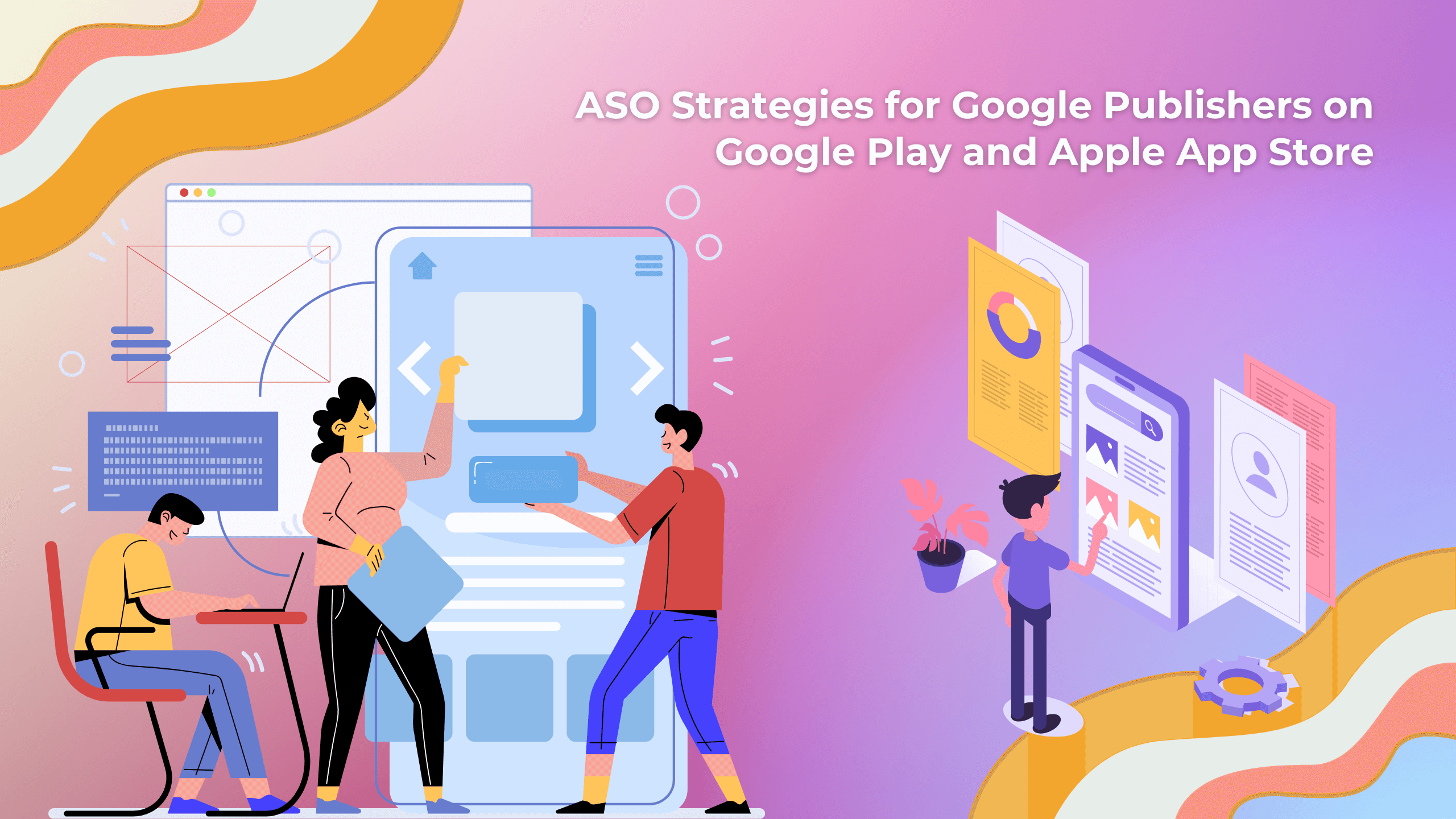After the whole year, programmatic advertising has emerged as a powerful force, reshaping the way ad space is acquired and sold. This automated and efficient method has revolutionized the industry, providing advertisers and publishers with a multitude of advantages. However, the programmatic landscape is constantly evolving, driven by technological advancements, shifting consumer preferences, and growing privacy concerns. To succeed in this dynamic field, businesses must stay ahead of the curve.
Unveiling the Key Trends Shaping Programmatic Advertising in 2023
As we delve into 2023, several key trends are shaping the programmatic advertising landscape, each presenting unique opportunities and challenges for advertisers, publishers, and ad tech companies. Let’s explore these trends in detail:
1. The Rise of First-Party Data:
With the impending demise of third-party cookies, advertisers are increasingly turning to first-party data, which they collect directly from their customers. This data provides valuable insights into consumer preferences and behaviours, enabling more precise and effective targeting. First-party data empowers advertisers to create personalized ad experiences that resonate with their audience, leading to improved engagement and conversion rates.
2. Shift Towards Contextual Targeting:
Contextual targeting, placing ads relevant to the content of the web page or app, is gaining traction as advertisers seek less intrusive and more contextually relevant ad experiences for users. This approach aligns ads with the surrounding content, ensuring a seamless and organic user experience. Contextual targeting utilizes natural language processing and artificial intelligence to analyze page content and match ads accordingly, ensuring relevance and contextual fit.

3. Emergence of New Ad Formats:
Interactive ads, video ads, and native ads are gaining prominence as advertisers seek to engage users in more immersive and engaging ways. Interactive ads, such as playable ads and gamified experiences, offer a higher level of user interaction, fostering brand recall and driving engagement. Video ads, particularly short-form videos, are capturing attention due to their ability to convey messages concisely and effectively. Native ads, which blend seamlessly with the surrounding content, provide a non-intrusive and aesthetically pleasing advertising experience.
4. Growing Importance of Measurement and Attribution:
Advertisers and publishers are placing increasing emphasis on measuring and attributing the effectiveness of their advertising campaigns. This focus on accountability and transparency ensures that advertising budgets are utilized effectively, maximizing ROI. Programmatic platforms are investing in advanced measurement and attribution solutions to provide granular insights into campaign performance, enabling advertisers to optimise their strategies and make data-driven decisions.
5. Decline of Third-Party Cookies:
As privacy concerns mount, the use of third-party cookies, which track users across websites, is declining. This shift forces advertisers to rely more heavily on first-party data and contextual targeting. While this poses a challenge for advertisers who have traditionally relied on third-party cookies for precise targeting, it presents an opportunity to explore new and privacy-compliant targeting strategies.
6. Growth of Private Marketplaces:
Private marketplaces (PMPs), ad exchanges accessible only to a select group of advertisers and publishers, are gaining popularity. PMPs offer advertisers more control over their ad inventory and publishers higher CPMs. This exclusivity ensures a higher quality of advertising experiences and more favourable terms for both parties.

7. Expansion Beyond Display Advertising:
Programmatic advertising is expanding beyond display advertising to encompass video, connected TV, and audio advertising. This expansion opens new opportunities for advertisers and publishers to reach audiences across various media channels. Programmatic platforms are adapting their technologies to support these new channels, ensuring seamless integration and optimization across different advertising formats.
8. AI and Machine Learning Integration:
Artificial intelligence (AI) and machine learning (ML) are becoming increasingly integrated into programmatic advertising, automating tasks, improving targeting, detecting fraud, and creating new ad formats. These technologies are enhancing the efficiency and effectiveness of programmatic advertising, enabling data-driven decisions and optimizing ad performance.
9. Industry Consolidation:
The programmatic advertising industry is witnessing consolidation, with larger companies acquiring smaller ones. This trend is driven by the desire to expand offerings, gain market share, and enhance technological capabilities. Consolidation allows for the integration of diverse skillsets and expertise, leading to the development of innovative solutions and a stronger competitive edge.

Navigating the Evolving Landscape with Confidence
As the programmatic advertising landscape continues to evolve, businesses must adapt their strategies and embrace new technologies to stay ahead of the curve. Here are some key recommendations for advertisers and publishers to navigate this dynamic environment:
Advertisers:
– Embrace First-Party Data: Invest in collecting and utilizing first-party data to gain deeper insights into your target audience. This data can be obtained through surveys, loyalty programs, website analytics, and other direct interactions with customers. By understanding your audience’s preferences, behaviours, and demographics, you can create more personalized and effective ad campaigns.
– Explore Contextual Targeting: Consider contextual targeting as a complementary approach to your advertising strategy. Contextual targeting ensures that your ads are displayed alongside content that is relevant to your products or services, enhancing the user experience and increasing ad relevance.
– Experiment with New Ad Formats: Embrace new ad formats, such as interactive ads, video ads, and native ads, to diversify your advertising approach and capture user attention. Interactive ads offer a more engaging experience, video ads provide a concise and impactful way to convey messages, and native ads blend seamlessly into the surrounding content.
– Leverage Measurement and Attribution Tools: Utilize advanced measurement and attribution solutions to track the performance of your campaigns and make data-driven decisions. These tools provide insights into ad engagement, conversion rates, and ROI, allowing you to optimize your campaigns for maximum effectiveness.
– Adapt to the Cookieless Future: Prepare for the Cookieless future by exploring alternative targeting methods, such as contextual targeting, first-party data, and identity solutions. These methods will become increasingly important as third-party cookies are phased out.

Publishers:
– Enhance First-Party Data Collection: Actively collect first-party data from your users through surveys, loyalty programs, and website analytics. This data can create valuable audience segments and attract advertisers seeking to target specific demographics or interests.
– Embrace Contextual Targeting: Partner with programmatic platforms that support contextual targeting to provide advertisers with more relevant and engaging ad experiences for your users. This approach aligns ads with the surrounding content, ensuring a seamless and organic user experience.
– Explore New Ad Formats: Stay ahead of the curve by adopting new ad formats, such as interactive ads, video ads, and native ads. These formats offer advertisers more creative ways to engage users and provide a more immersive and engaging experience.
– Partner with Reputable Programmatic Platforms: Collaborate with trusted programmatic platforms that offer advanced measurement and attribution capabilities. These platforms provide insights into ad performance, enabling you to optimize your inventory and maximize revenue.
– Monitor Privacy Compliance: Stay up-to-date with evolving privacy regulations and implement appropriate measures to protect user data. Transparency and compliance will build trust with users and ensure that your ad inventory remains attractive to advertisers.
Conclusion
The programmatic advertising landscape is constantly evolving, driven by technological advancements, shifting consumer behaviours, and emerging privacy concerns. Advertisers and publishers need to adapt their strategies, embrace new technologies, and prioritize data-driven decision-making to stay ahead of the curve and thrive in this dynamic environment. By investing in first-party data, exploring contextual targeting, adopting new ad formats, leveraging measurement and attribution tools, and adapting to the cookieless future, advertisers can create more personalized and effective ad campaigns. By enhancing first-party data collection, embracing contextual targeting, exploring new ad formats, partnering with reputable programmatic platforms, and monitoring privacy compliance, publishers can attract more relevant advertisers, maximize ad revenue, and enhance user experience. Understanding and adapting to these key trends is essential for businesses to navigate the evolving programmatic advertising landscape and achieve success in the digital advertising arena.


